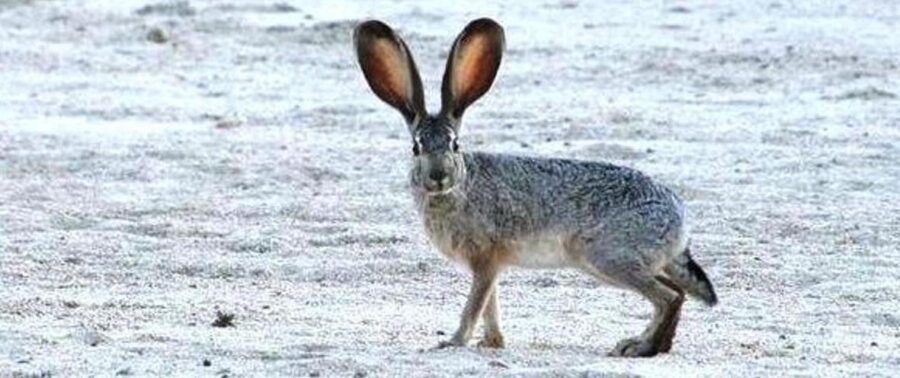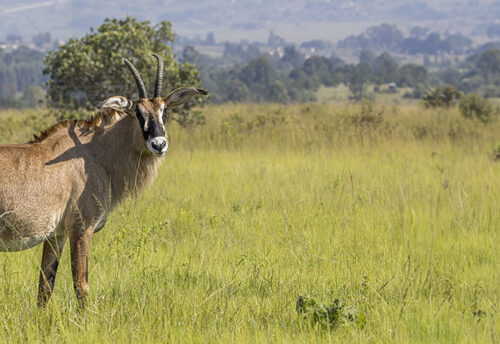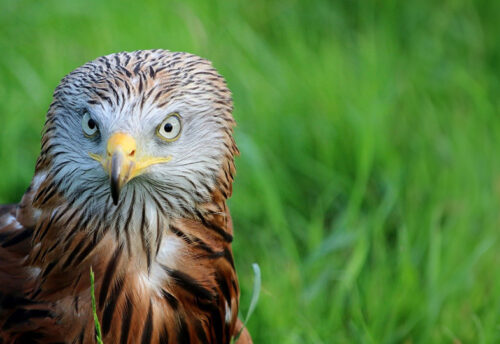
The black-tailed jackrabbit is found in the western U.S. from Washington down south to California, Arizona, and eastward to Nebraska and Texas. It is an introduced species in New Jersey & Kentucky. There are 5 known species of jackrabbit and they live in open grasslands, fields, pastures, farms, and open areas with desert scrub brush. Jackrabbits are not actually rabbits at all. Instead, they belong to group of critters called hares. Hares have longer hind legs, much longer ears, and a larger body in comparison to rabbits. Also, hares are born covered with fur and with eyes open.
First the Stats…
Scientific name: Lepus californicus
Weight: Up to 7 lbs.
Length: Up to 2 feet
Lifespan: Up to 5 years
Now on to the Facts!
1.) Jackrabbits are nocturnal (active at night).
2.) They are herbivores (eat plant matter) that eat sagebrush, grass, a variety of cacti, and various types of grains. They also eat crops of vegetables.
3.) Coyotes, bobcats, foxes, wolves, and larger birds of prey such as eagles, hawks, and owls are their main predators; not to mention farmers.
4.) With the ability to consume up to 1 lb. of food each day, these hares are typically considered pests by farmers, as they can quickly destroy large amounts of crops!
5.) Black-tails use depressions, covered with grass and brush as hides called “forms”.
But wait, there’s more on the black-tailed jackrabbit!
6.) Jackrabbits are actually strong swimmers and use dog paddling to escape predators, if cornered near water.
7.) When being pursued, they will move in a zig-zag pattern to confuse their predator.
Did you know…?
These hares are able to bound up to 10 feet and zoom at speeds of up to 40 mph!
8.) With eyes located high on their head, they can see almost 360°. They also have excellent hearing with their oversized ears.
9.) Black-tailed jack rabbits breed, as rabbits and hares tend to do, year round. Males fight ferociously to get breeding rights to females.
10.) Females can have as many as 4 litters per year! This ability to breed so frequently is 1 reason they are not an endangered species.
But wait, there’s still more on the black-tailed jackrabbit!
11.) The female gives birth to 3 – 4 young each litter.
12.) A baby jackrabbit is called a leveret.
Now a Short Black-Tailed Jackrabbit Video!
Also, check out the Critter Science YouTube channel. Videos added frequently!
Want to suggest a critter for me to write about? Let me know here.



